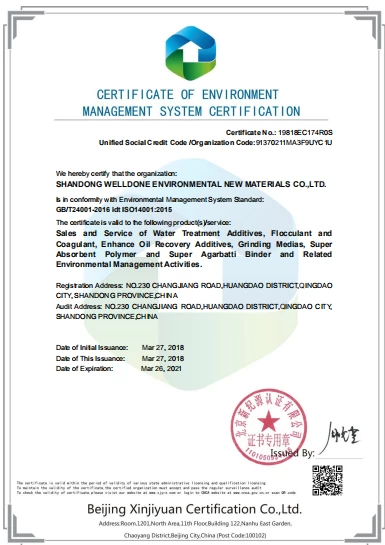Introduction To The Application of Potassium Polyacrylate in Forestry
Potassium polyacrylate is a superabsorbent polymer that has gained increasing attention in forestry as a water retention agent. Its ability to absorb and retain large amounts of water makes it an ideal material for use in dry soil conditions or areas where water availability is limited.
Application in Forestry
Potassium polyacrylate can be applied in different ways in forestry, including as a soil amendment, a planting gel, and a mulch additive. When mixed with soil, it improves its water-holding capacity and reduces water loss due to evaporation, ensuring that trees have access to water during periods of drought or water scarcity.
Furthermore, when used as a planting gel, it helps to ensure that newly planted trees have sufficient water during their establishment phase, improving their survival rates and growth. As a mulch additive, it helps to improve soil water retention and reduce soil erosion, leading to healthier and more sustainable forest ecosystems.
Another application of potassium polyacrylate in forestry is in fire suppression. It can be used as a fire retardant by mixing it with water and spraying it over vegetation in areas prone to wildfires. The gel-like substance formed by the polymer helps to create a barrier between the flames and the vegetation, reducing the intensity of the fire and preventing further spread.
Conclusion
Overall, the application of potassium polyacrylate in forestry offers significant potential for addressing the challenges of water scarcity and climate change in forest ecosystems. Its ability to absorb and retain water makes it an effective tool for improving tree growth and survival rates, stabilizing soils, and reducing soil erosion. Additionally, its potential use as a fire retardant highlights its versatility and importance in protecting forests from environmental threats.











